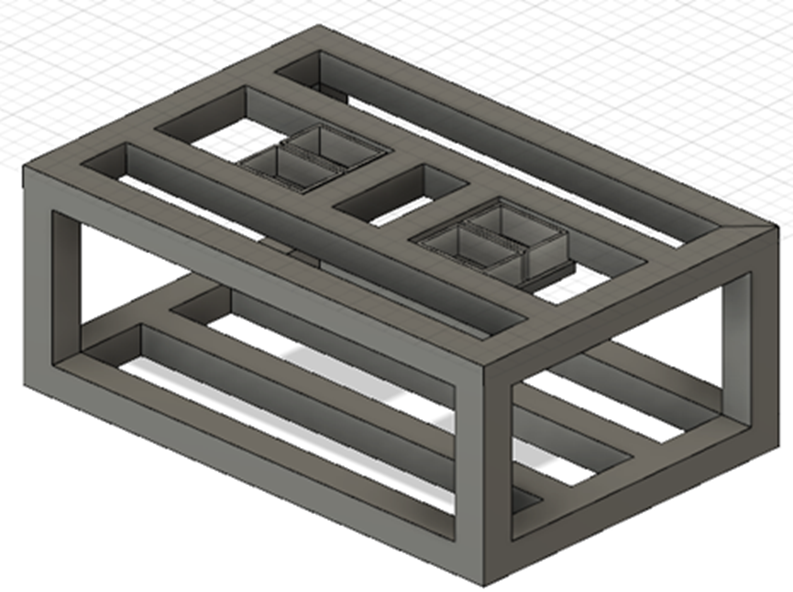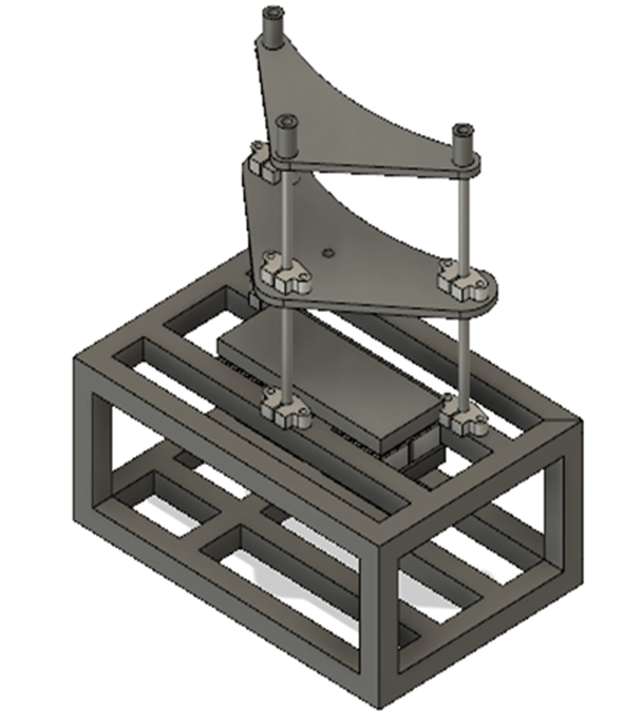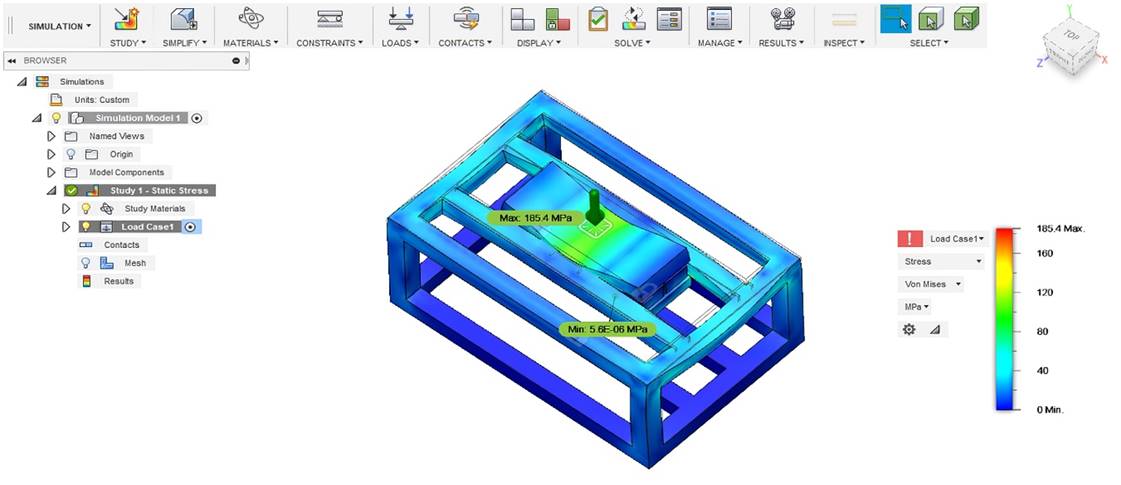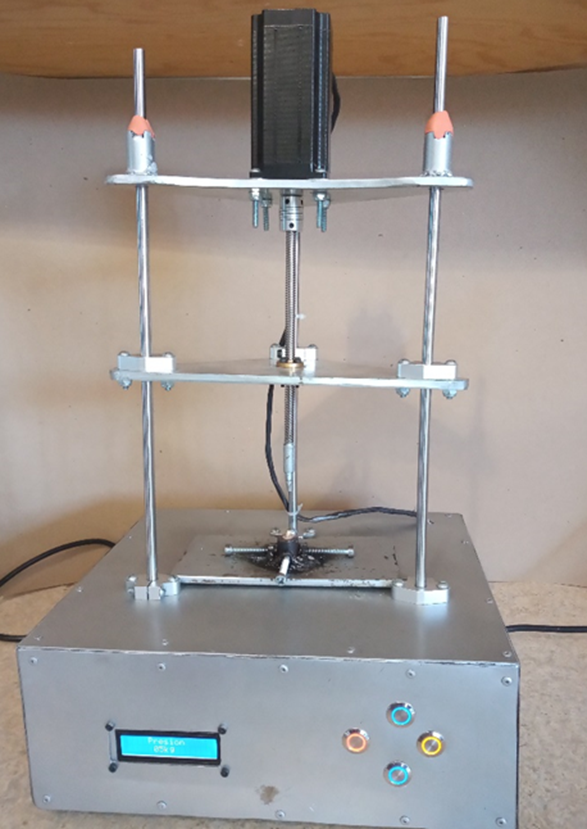1. Introduction
Endodontic treatment development has generated new technology and materials which are increasing knowledge in this field. The obturation and prosthetics reconstruction phase in an endodontic treatment uses several materials as fiberglass endo-post, resin-based dental cement, a metal crown, lithium di-silicate, and zirconium, to mentioned some (1).
These materials must present phenomenons known as a bonding force and fracture resistance between the intraradicular dentine, and the material surface for obturation and reconstruction. These phenomenons can be affected by many factors as micro and nano-filtration, bacterial leakage, intraradicular dentine hydration, a non-favorable anatomic configuration of the root canal, smear layer, endodontic irrigant solutions, and type of sealer used (2).
Among the different factors affecting the bonding force, the smear layer presents the most adverse results over the adhesion process of materials to the intraradicular dentine. This can be explained by a negative interface presence formed between the sealer material with the dentine, causing less adhesion. The diverse literature suggests the smear layer removing to improve the adaptability of the endodontic materials (3). To fulfill this purpose, the use of EDTA+NaOCl protocol is the most common in endodontics (4).
Nevertheless, the irrigant solutions also can affect the bonding force around the root canal. This phenomenon is present mostly by the presence of hasty, Cl (chloride) groups, and oxygen presence along the internal walls of the root canal (5).
The bonding force between obturation and reconstruction materials can be determined by different mechanical tests: micro-tension, pull-out test, and push-out test. These tests present some disadvantages in their methodology development. For the micro-tension, the samples must be cut in a complex way, and this can cause premature failures. In the push-out test, the finite element analysis has proven that the adhesion at the beginning of the fracture is of traction instead shearing, this invalidates the formula used for computing the bonding resistance; the obtained measures can produce a great standard deviation. The sample geometrical factors and the load cell can affect the resistance of the bonding union (6).
Unfortunately, the experimental test for measuring the adhesion force according to the literature are not regulated (7,9) and do not provide a minimum bonding force required for dental sealers and other materials used in endodontics reconstruction. These values have been taken from several studies and the term whose prevalence is mono block, for referring to the creation of unions between the involved surfaces in obturation and reconstruction (10,11).
The test for measuring the bonding force generally is performed in industrial equipment that is not specifically designed for this purpose, for instance, the Instron machine (12,13). For the test the possibility of making adaptations for the dental specimen and the evaluating factor is indispensable, also, the force provided by the equipment must be comparable to the human bite strength.
In this work, a push-out test prototype for measuring the bonding force between obturation and materials reconstruction is presented. The objective is to develop robust equipment of easy use, capable of providing the necessary force for fracturing dental specimen and measuring the obturation materials bonding force, where the prototype tip can be changed according to the sample morphology and the pressure can be monitored during the whole process. For the material selection a simulation on Fusion 360 to make the finite element analysis and obtain the security factor and the von Mises stress is considered, also the force exercised by a human bite is used for the motor selection in the equipment. The prototype was tested in an experimental dental laboratory for fracturing dental pieces, proving a proper performance, and having a friendly user interface.
2. Materials and equipment
Materials: Strain gage extensometer, stepping motor NEMA 23 512, spindle, microcontroller Arduino, profiles of steel, chrome steel edge rod, steel plate, bearings of 8 mm, square rope spindle, HX711, commutated source of 36V 10A, LCD display of 16x2, push buttons.
3. Methodology
For the prototype development, a CAD design was made using Fusion 360. As shown in Figure 1, that supports the pressure at the top of the surface and in the bottom, the electronic components will be inside, as source voltage, microcontroller, motor driver, sensor driver, etc. At the containers in the top of the surface, a four-strain gage extensometer in Wheatstone bridge configuration will be placed for measuring the pressure.
Over the strain a gage extensometer, a plate will be placed, this serves to set the sample for the experiment. Besides, three lineal guides with two metal plates are considered for placing the stepping motor binding with a spindle. The plate at the middle will guide the system for a vertical straight-line descending. The final design is depicted in Figure 2.
3.1 Security factor and von Mises stress
The finite element analysis is a computer method to predict the material reaction to forces, vibration, heat, fluid flux among other elements. Converts a real element into a great number of elements as small cubes. The mathematical equations predict each element behavior and the sum of each individual element predicts the real object behavior.
The simulation was performed in Fusion 360, where the CAD design of Figure 1 is used, through static load criteria the deformation and tension are analyzed. The pressure for the material is selected (5 MPa the maximum pressure applied by the prototype obtained from P=F/A) and the constituent materials for the prototype (steel).
The first analysis to perform is the security factor, which is the quotient between the computed value of the maximum system capacity and the real force value. In Figure 3, the security factor is shown, where almost all structure has a value over one and the minimum is 0.7152, which is the plate that protects the strain gage extensometers.
Then a von Mises stress analysis is performed, which is a physical magnitude proportional to the energy distortion. This is used in fault theory as an indicator of a good materials design. The von Mises analysis is depicted in Figure 4, where the structural deformations are shown. As expected, the analysis was in acceptable range.
3.2 Materials selection
Based on the simulation results for the security factor and von Mises stress, the material selection is made. For the internal structure, a box-shaped profiles of steel are used, also, the plate for the pressure is made of steel. For the guides, a chrome steel edge rod is selected, and for the framework, a steel plate. For the structure moving part linear bearings of 8 mm and square rope spindle with an adaptation for different tips are employed. Also, a NEMA 230512 motor of 36 kg is considered for applying force and mobility.
Then for the electronic part, four-strain gage extensometers of 50 kg in Wheatstone bridge configuration, an HX711 for converting the load par to digital values, a commutated source of 36V 10A, a 16x2 LCD display, and an Arduino UNO are considered.
3.3 User interface
The user interface was developed for easy use, having four buttons for entering the desired selection and an LCD display for the necessary message at each programming stage. The idea consists of the user will select the test, the pressure to apply (in kilograms), and the time the experiment lasts. Once the data are entered the display will show the pressure during the experiment. The flux diagram is shown in Figure 5.
4. Results
The prototype was manufactured based on the security factor and the von Mises stress report obtained by the finite element analysis, it was covered with aluminum sheet, and the electronic components are inside the equipment. The prototype assembled is shown in Figure 6.
Several tests (N=20 tests) were performed on different dental pieces to measure its resistance to the pressure. Figure 7 presents the prototype working on a tooth with endodontic treatment and applying a 36 kg of force.
Then, Figure 8 exhibits the equipment working over a dental disk with gutta-percha and endodontic sealer for evaluation of the materials bonding force.
The test was performed over bicuspid specimens with endodontic treatment instrumented by two systems: Reciproc BLUE® (50/1.17) and Mtwo (50/0.04). The applied forces were in a range of 60 to 225 kg in cumulative form (Table 1). The resistance average of a fracture for dental specimens with endodontic treatments were: Reciproc BLUE® of 187.5 kg. and Mtwo of 161.2 kg.
Table 1. Resistance values fracture in teeth with treatment.
| Endodontic instrument | 𝒙̅ ± S.D. (n = 10) |
|---|---|
| Reciproc | 187.5 ± 49.3 |
| Mtwo | 161.2 ± 67.1 |
| Value p* | 0.369 |
Values are expressed in kilograms (Kg). Significance statistical p <0.05.
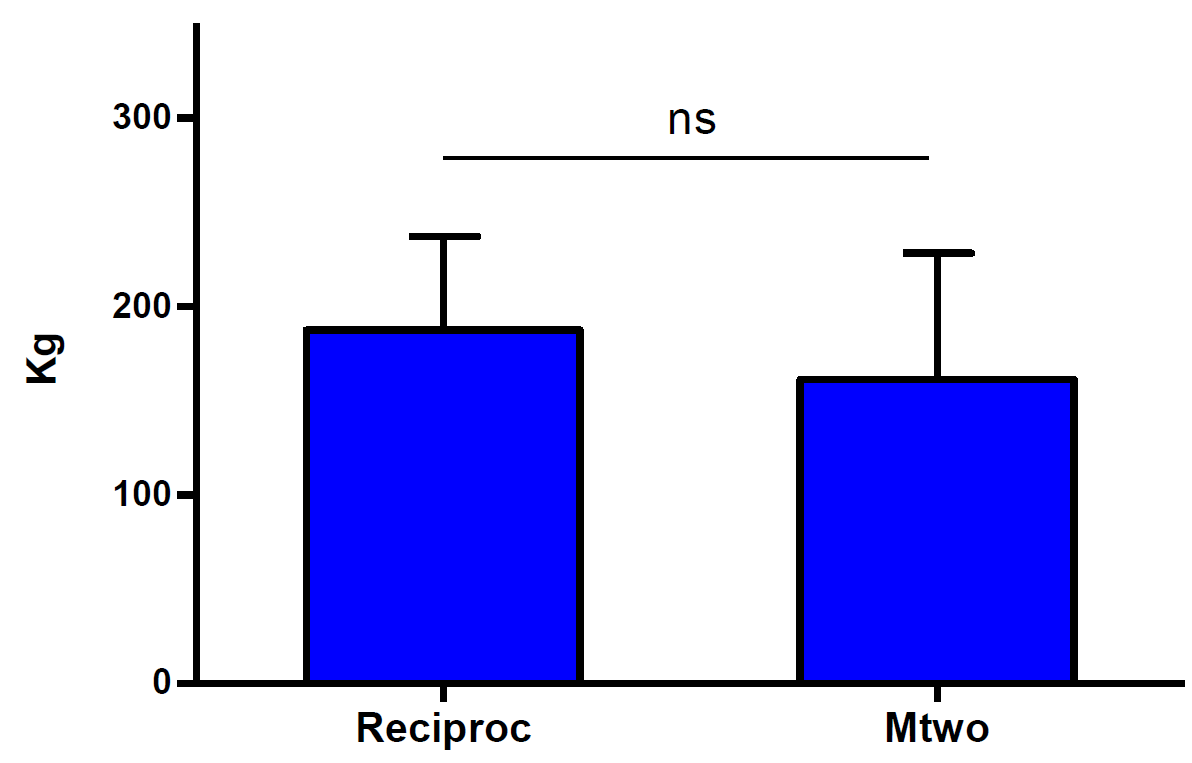
Figure 9. Comparation between endodontic instruments and fracture resistance, no exist a statistical difference (ns).
4.1 Discussion
The prototype developed presents advantages against other equipment as the Instron machine because it was developed following the specifications of dental health professionals. The materials used for its manufacturing were previously simulated and it has a wide range of security factor and deformation in von Mises stress. The interface implemented is easy to use and the dentist can monitor the pressure in the whole experiment. Also, the tips can be changed, according to the morphology of the dental piece used in the experiment.
Besides, the prototype was tested in fracturing dental pieces with two different endodontic treatments, obtaining the average resistance of each treatment with their standard deviation. The treatments exhibit no statistical difference between them with a p of 0.369. The results obtained were satisfactory and have repeatability.
The prototype was evaluated on fracturing dental samples but also can compute the adhesion force between the obturation materials with a thinner tip. The pressure must be in the range of 0.51-2.56 MPa according to the study reported by Carrillo et al. [14].
On the other hand, the disadvantages presented are:
5. Conclusions
In this work, a prototype for the mechanical test push and out for measuring the bonding force between endodontic materials was made. The finite element analysis was performed in the equipment design, obtaining the reports for the security factor and von Mises stress, where the selected materials for construct the prototype exhibits successful results.
Also, a friendly user interface was developed, with the main objective to maintain it as simple as possible. In the interface, the user can select the applied force and the length of the experiment and verify the applied force during the test.
The prototype was assembled in one piece, it has interchangeable tips for the different dental pieces as well. This prototype was tested at the Odontology Academic Unit of the Autonomous University of Zacatecas, on fracturing premolar pieces for evaluating the performance of endodontic treatments under cumulative forces.
Finally, the prototype exhibits a correct performance for laboratory tests, where it can help in evaluating endodontic treatments, the new development of dental sealers, etc. As future work, it is recommended to improve the part for holding the dental pieces and incorporate thinner tips.











 nova página do texto(beta)
nova página do texto(beta)

